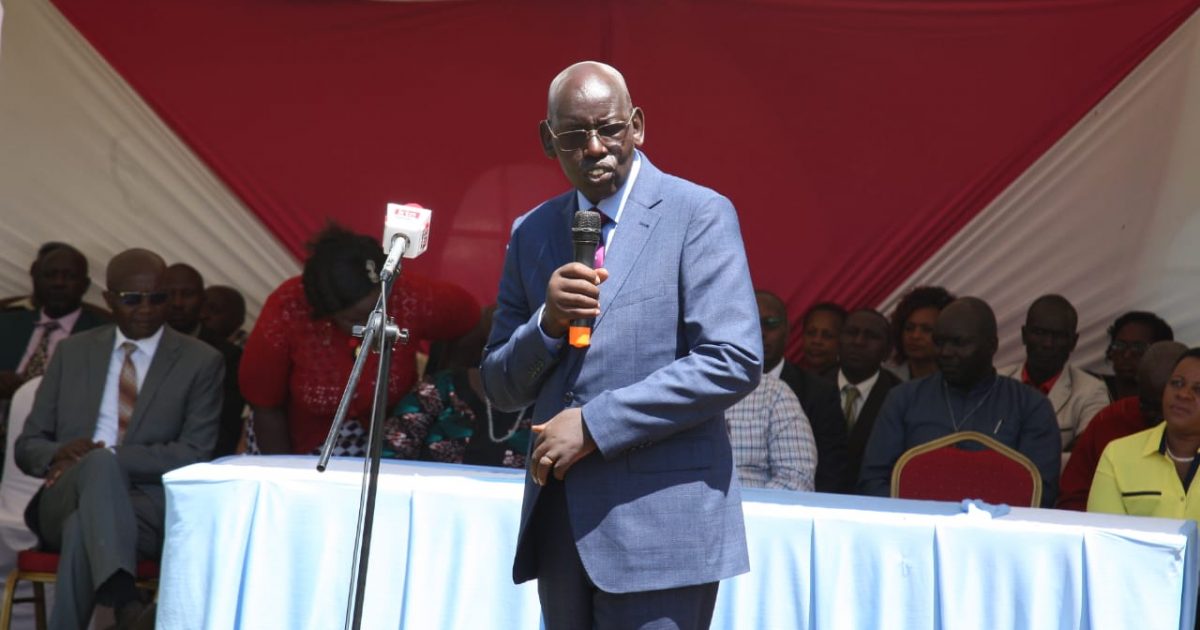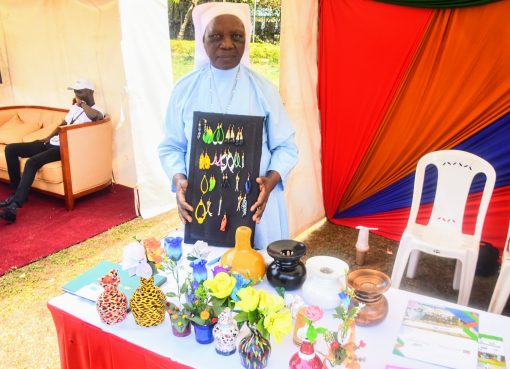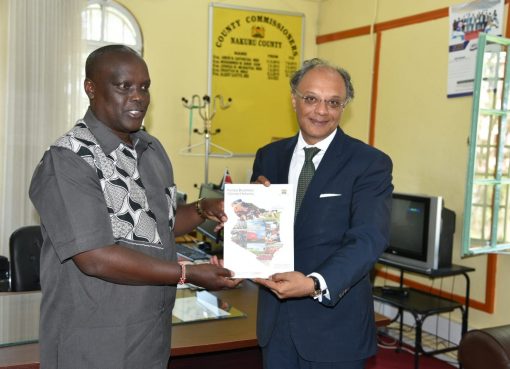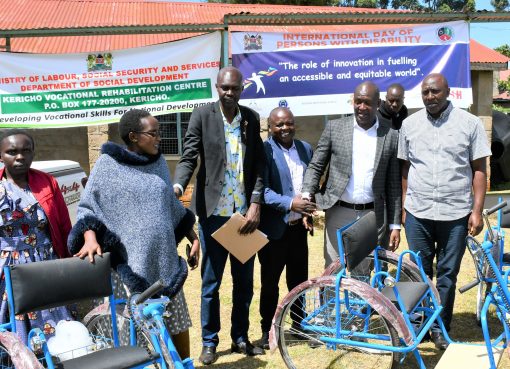State Department for Basic Education Principal Secretary Belio Kipsang has said that the new funding model for universities and Technical and Vocational Education and Training (TVET) institutions was student-centered, predictable and will encourage the institutions to seek other revenue streams.
Dr Kipsang indicated that the funding model for higher education will see needy households get more support than those from well-off backgrounds.
The Principal Secretary said the new funding regime had been crafted to ‘cure’ the uniform and an inequitable capitation witnessed under the differentiated unit cost (DUC) model, where the rich and the poor student receive the same amount.
Unlike what has been the case, universities and TVETs will no longer receive block funding in the form of capitation based on the DUC whose sustainability has been a struggle following dipping in funding ratios from the government. Instead the government has resolved that university funding will be apportioned to individual students according to their level of need.
Addressing students and staff at Egerton University’s Njoro Main Campus after a tree planting exercise Dr Kipsang explained that the new funding framework seeks to offer students whose households are at the bottom of the pyramid equal opportunity in accessing university education and Technical and Vocational Education and Training (TVET).
Under the new funding model, the government will fully fund the vulnerable and extremely needy students joining universities and TVETs this year.
The funding for these students will be through scholarships, loans and bursaries.
To facilitate the implementation of the new framework, Dr Belio disclosed that the State has increased funding for university education to Sh84.6 billion from Sh54 billion allocated in the financial year starting July as loans and grants.
This translates to an allocation increase per student from Sh152,000 to Sh208,000. The budgetary allocation for TVETs will in the coming financial year increase from Sh5.2 billion to Sh10 billion, translating to Sh67,000 per year per trainee.
On May 3rd President William Ruto announced the new funding model and clarified that it will not raise the fees for the students.
The announcement opens the doors for the process of admitting the 2022 KCSE candidates whose fate has been in limbo awaiting the resolution of the funding model.
“Students will be categorized according to four levels of need; vulnerable, extremely needy, needy and less needy. All students shall be supported adequately to meet the cost of the programme they choose to pursue. No student will ever be left behind,” Dr Ruto said.
About 92,350 students (29 per cent) who will join universities and TVET institutions this year have been identified as vulnerable and extremely needy and will receive full government support in terms of scholarships, loans and bursaries.
“Students whose households are at the bottom of the pyramid shall enjoy equal opportunity in accessing university and TVET education. Their households shall not make any contribution towards the education of their children,” the President said.
“The new model of funding higher education, to be implemented effective this academic year 2023/2024, will commence with the new cohort of 173,127 students joining universities and 145,325 joining TVETs. All continuing government-sponsored students shall be supported in line with the previous existing funding model,” Dr Ruto said.
Dr Ruto said that students who opt to study in private universities will qualify for Helb loans but will not be eligible for the scholarships.
The new funding framework according to Dr Kipsang will be based on four criteria, choice of the programme, household income band, affirmative performance and government priority areas.
Means Testing Instrument (MTI) will be applied to scientifically determine the need levels of students. The instrument has eight variables, which have been used over the years and have been strengthened and linked to other databases to boost reliability.
Dr Kipsang explained that the eight variables include parents’ background, gender, course type, marginalization, disability as well as family size and composition.
“By combining these variables, it is envisaged that the State will be able to determine the needs of the various households and fund them appropriately. Based on MIT, students from rich backgrounds will get more loans than scholarships while the less able will get more scholarships than loans,” added the Principal Secretary
Universities will be required to declare and publicize the actual cost of their programmes on the websites and share with Kenya Universities and Colleges Central Placement Service (KUCCPS) before every placement cycle.
Now, students from needy households joining universities will receive government scholarships (grants) of up to a maximum of 53 per cent and Helb loans of up to 40 per cent with the households paying the remaining seven per cent of the cost of a course.
The cheapest course is a Bachelor of Arts degree (Sh144,000). This means that the government will pay a maximum of Sh76,320 while students will get a Sh57,600 loan from Helb. The household will pay the remaining Sh10,080 per year.
For the most expensive programme, Bachelor of Dentistry at Sh720,000, the government will pay a maximum of Sh381,600, with the students getting a loan of Sh288,000 while the family pays the remaining Sh50,400 per year.
Students joining TVET institutions will receive government scholarships up to a maximum of 50 per cent and 30 per cent in loans while households will pay 20 per cent of the costs.
By Emily Kadzo





